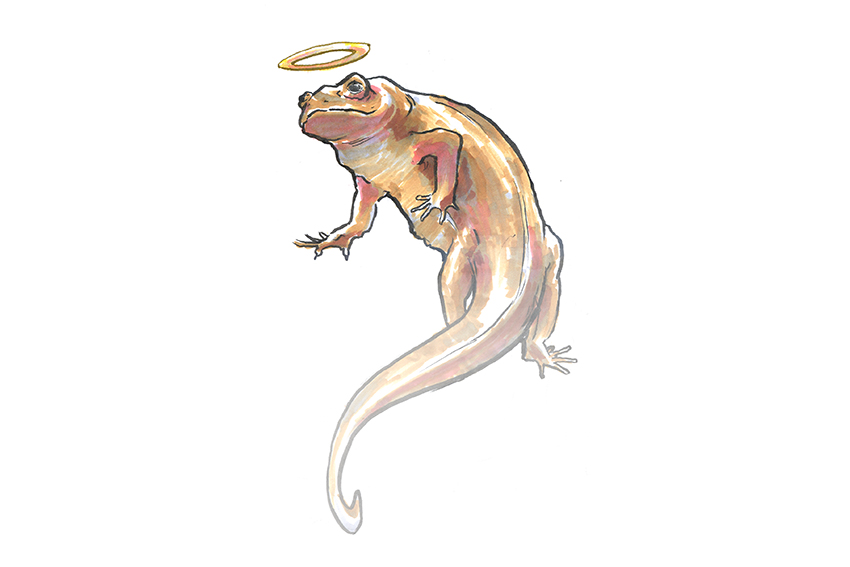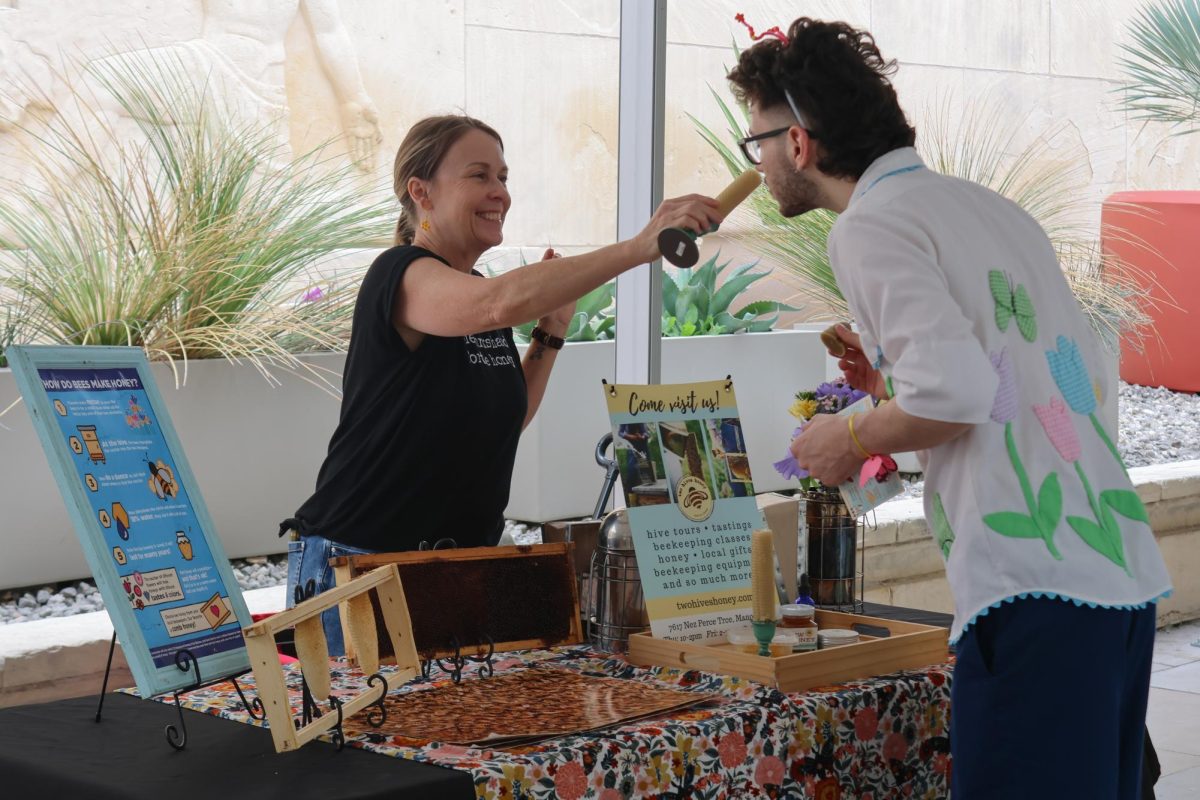Overexploitation of groundwater led to the endangerment of 13 Central Texas salamander species, according to a new UT study.
Three of those 13 species are Austin natives: the Barton Springs Salamander, the Austin Blind Salamander and the Jollyville Plateau Salamander.
The salamanders studied, including three species that were only recently discovered, are specific to the Edwards Aquifer, said April Wright, biological sciences assistant professor at Southeastern Louisiana University and co-author of the study.
“It really is a uniquely central Texas salamander,” Wright said. “They live in these subterranean caves; there is this whole world under there that we can’t see.”
Thomas J Devitt, a research fellow in the department of integrative biology, said urbanization caused the decrease in the salamander population.
“Central Texas has some of the fastest-growing cities and counties in the nation … putting a strain on natural resources, especially water, and the environment,” Devitt said. “Overpumping of groundwater has caused (aquifer water levels) to drop and springs to stop flowing. This causes habitat loss for the salamanders.”
Biology professor David Hillis said the salamanders are especially important because of their connection to the Edwards and Trinity aquifers.
“They are a key to understanding the aquifers of Central Texas, which are basically the basis of the freshwater supply for pretty much all of Texas, either directly or indirectly,” Hillis said.
Hillis said these salamanders have restricted ranges and only live in these aquifers, so impacts on the aquifers impact the salamanders as well. Most of those species have very little protection, and those species are found in the most endangered part of the aquifer, which is shallower, and more subject to drought and development, Hillis said.
David said it’s important to pursue conservation efforts of these species that aren’t found anywhere else on earth.
“We should celebrate our native aquifer biodiversity,” Devitt said. “It’s a fascinating, underexplored environment with new species waiting to be discovered. Conserving these species is a win-win because what’s good for salamanders — clean water, and lots of it — is also good for Texans.”
Austin has become very active in working to help promote protecting its existing salamanders, Hillis said.
“The city has a number of programs in the Watershed Protection (Department) to try to protect those watersheds and aquifers associated with the salamanders,” Hillis said. “The city is doing a lot of good things for the species that are found here.”
Wright said one way to participate in conservation is to vote for candidates, city counselors and soil and water distributors who support water conservation efforts.
The study, published mid-January, relied on samples collected since the late 80s, Wright said.
“This paper was a long time in the making. We really were doing genomics through time,” Wright said. “It really is a love letter to these weird, unique, inherently Texan salamanders. For all of us, this is something deeply meaningful for a landscape that we love and a city that we love.”




















